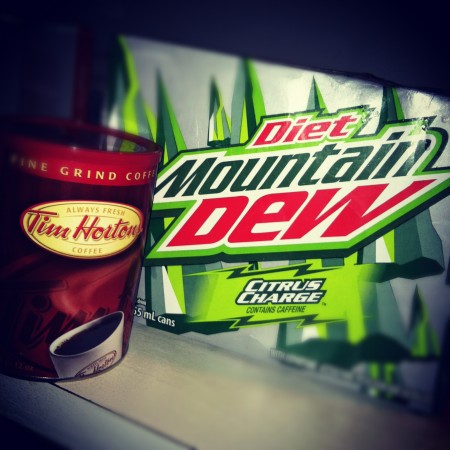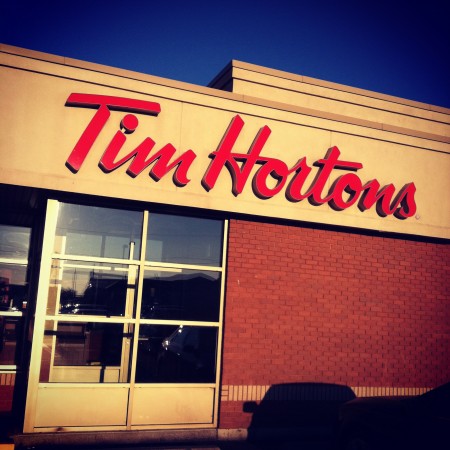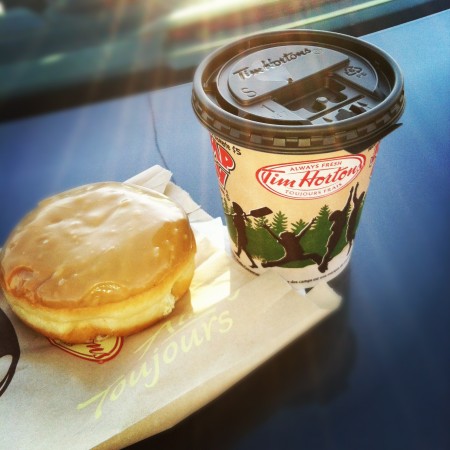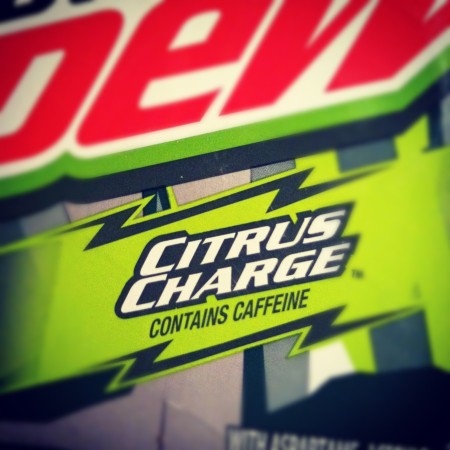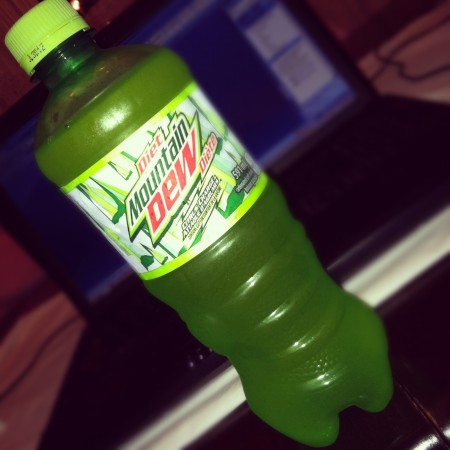An American in Canada: Canadian Caffeination
[In an attempt to expand his insular perspective, Rendar Frankenstein became An American in Canada! Join Rendar as he tells of the wonders encountered while traveling through North America’s most jovial nation. It’s one-third travel guide and three-fourths misguided interpretation!]
The greatest attribute of any chemical dependency is its steadfast resolve. Olympic athletes may have an incredible level of focus, but even their efforts are diminutive when saddled next to those of an honest addiction. There are no external forces that’ll curb the insatiable appetite of a chemically-inspired jonesin’.
So even though I’d crossed borders and time zones, I still had that damn monkey on my back.
However, if you’re anticipating sordid tales about my forfeiture of oral dignity in exchange for heroin, you’re likely to be disappointed. I know, I know, I’d be much more artistically inclined if I used the drug preferred by the great songwriters of my generation and my parents’. Moreover, if I was going to break drug laws in another country, I might as well jump to the zombie-conclusion and rock some bath salts.
But alas, I’m a simple man and my substance of choice is good `ole fashioned caffeine.
As such, I had no doubt that I’d be able to cop a fix in Canada. After all, my two favorite types of caffeinated beverage – coffee and soda pop – are celebrated in every corner of Spaceship Earth. Nevertheless, there were some interesting differences in the modes of caffeine-delivery available to me during my Canadian adventure.
During the hunt for my first coffee fix, I was directed by a couple of locals (I think they might’ve been lovers, but the dude had three teeth and I’d hate to think a woman of her stature, malformed eyelids and all, wouldn’t settle for that) to a joint called Tim Hortons. Never heard of the place? Me neither. But if America runs on Dunkin, then Canada runs on Hortons. Apparently Tim Hortons is all the rage in the Great White North, so I decided to give it a go.
From what I could tell, this Tim Hortons is like every other blue-collar coffee shop I’d ever visited. There were slightly frustrated, grossly underpaid teenagers manning the register, drive-through window, and coffee machines. To the right of the register was a case of glorious donuts (and other treats). And the average age of patrons sitting down to their coffees had to be at least 93, which is especially impressive given the regularity with which Canadians are mauled by bears.
All seemed normal.
I ordered a small black coffee and Canadian Maple donut. The coffee, to my delight, was hot and fresh and slightly bitter and packed enough of a punch to slowly force my eyelids to recede into the back of my skull. The donut tasted like straight-up maple syrup, with some sort of crème filling making itself known after I glutton-championed the last 2/3rds into my mouth all at once. What a rush!
In other words, Tim Horton knows what he’s doin’.
Although I’d figured out the coffee situation, I had yet to get my hands on any soda pop. Those of you who frequent this site are no doubt privy to the fact that the Brothers Omega bow before the Diet Dew Deity. Although I generally scoff at corporate sponsorship, it’d be my privilege to endorse Mountain Dew, so that I could tell the world all of the ways that its near-lethal caffeine content has helped coaxed out some of the most debased writing ever hidden in my brain-bone.
Yes, I enjoy drinkin’ Diet Mountain Dew.
But as I snagged a twelve-pack off of the shelves at the local grocery store, I noticed something particular. I didn’t catch it at first, but once I did I couldn’t stop thinking about it. In a spot normally left blank on the US packaging, I found the following graphic:
Citrus charge? Contains caffeine? What the hell does that mean?
I began to ponder about whether or not this graphic could be an acknowledgment of superiority. Maybe Diet Mountain Dew just wants to brag about the fact that it’s a citrus-charged, caffeinated beverage. On the other hand, this label could very well be a consumer warning. The colors, position, and design of these words suggest the desire to prevent any post-heart attack law suits. “Your Honor, there’s no denying that my client’s product has enough caffeine to kill a mastodon. But it says so right on the package!”
Oh, then there’s the matter of this above-picture Diet Mountain Dew. Maybe this bottle-shape is normal in Canada, but my Lady Liberty-lovin’ eyes had never seen it before. I’m not sure if it’s supposed to look like a torpedo or a sports drink, but I know that the aim is to get it into your gullet as fast as possible.
No matter the motivation for including the citrus charge logo, the prevailing question is why the USA’s Diet Mountain Dew is not branded similarly. Are we all such over-stimulated, hyperkinetic messes that we scoff at warnings of chemically-induced freneticism? Or could it be that the FDA does not require this type of labeling whereas the Canadian does?
I have no clue. But what I do know is that Canada’s Diet Mountain Dew tastes just like America’s and gave me the same sort of idea-buzz. And for those reasons, I kept the fridge stocked.
Fellow caffeine-junkies, Canada is a land that will welcome you warmly.




